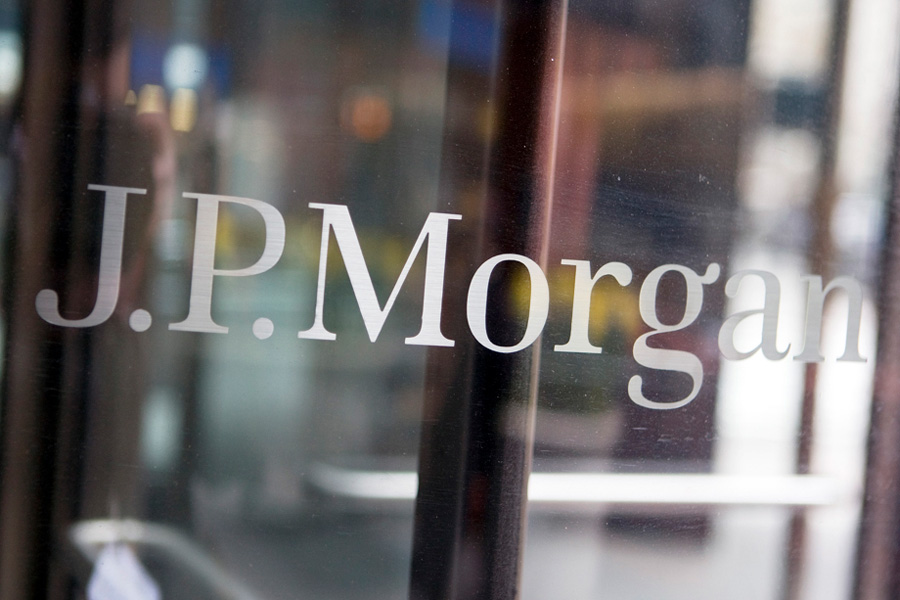

J.P. Morgan Asset Management announced Wednesday it has agreed to acquire 55ip in a deal that will expand access to model portfolios and automated tax technology for the firm's network of advisers.
Terms of the deal were not disclosed, according to the announcement. 55ip will continue to operate as a separate entity, under its own brand.
The announcement comes just two months after the asset manager announced a partnership with the fintech to allow advisers to transition clients into J.P. Morgan model portfolios using 55ip’s automated tax technology, which employs algorithms to offer tax-smart investment strategies, asset transfers, withdrawals and portfolio management.
With 55ip, advisers may access 10 diversified multi-asset models run by J.P. Morgan. While there are no immediate plans to extend that offering, the asset manager will “over time,” said Jed Laskowitz, global head of asset management solutions at J.P. Morgan Asset Management.
In terms of 55ip’s tax technology, JPMorgan Asset Management aims to address the challenge advisers face in managing their clients’ portfolios in a tax-efficient way, Laskowitz said. The technology is meant to make initial tax transition and ongoing tax management easier.
“One scenario we see is when someone either owns a concentrated set of positions or has accumulated some investments over time and with markets rising, investors are sitting on unrealized capital gains,” he said. “Transitioning that to a model or transitioning that to something that's more diversified or changing your asset allocation can come with hefty capital gains tax bills if that's not managed the right way.”
What the 55ip technology allows an adviser and client to do is figure out how much they will owe in taxes if they initiate the transition, according to Laskowitz.
Currently, only RIAs can access 55ip’s technology but J.P. Morgan plans to make it available in early 2021 to additional channels, according to the partnership announcement. RIAs who are interested can access the tool through 55ip’s landing page and there’s a specific icon that will take advisers to the J.P. Morgan model portfolios.
The potential market for asset manager and model portfolios is $3.6 trillion, according to Cerulli Associates. This year, industry players have announced similar partnerships to tap into the growing popularity of model portfolios.
In fact, large industry players — like Envestnet — have ramped up offerings to keep up with advisers looking to outsource investment management and focus on other parts of the advice business.
In August, Envestnet announced partnerships to provide two new models to its users, and in June Franklin Templeton announced the availability of its suite of a dozen outcome model portfolio,s also through the Envestnet platform.
Oranj also announced partnerships with asset managers to provide model portfolios ranging from conservative to maximum growth. However, the model marketplace’s business model fell flat, resulting in its closure.
The increased market volatility resulting from COVID-19 could accelerate model adoption as some advisers reconsider their role in investment management of their clients’ assets, said Cerulli lead analyst Brendan Powers.
“Due to the sheer size, scale and speed of the decline and corresponding volatility, many advisers will need to reinforce their client-facing time to retain assets,” Powers said. “This could result in broader interest in and adoption of asset allocation models.”

Elsewhere in Utah, Raymond James also welcomed another experienced advisor from D.A. Davidson.

A federal appeals court says UBS can’t force arbitration in a trustee lawsuit over alleged fiduciary breaches involving millions in charitable assets.

NorthRock Partners' second deal of 2025 expands its Bay Area presence with a planning practice for tech professionals, entrepreneurs, and business owners.

Rather than big projects and ambitious revamps, a few small but consequential tweaks could make all the difference while still leaving time for well-deserved days off.

Hadley, whose time at Goldman included working with newly appointed CEO Larry Restieri, will lead the firm's efforts at advisor engagement, growth initiatives, and practice management support.
Orion's Tom Wilson on delivering coordinated, high-touch service in a world where returns alone no longer set you apart.
Barely a decade old, registered index-linked annuities have quickly surged in popularity, thanks to their unique blend of protection and growth potential—an appealing option for investors looking to chart a steadier course through today's choppy market waters, says Myles Lambert, Brighthouse Financial.
